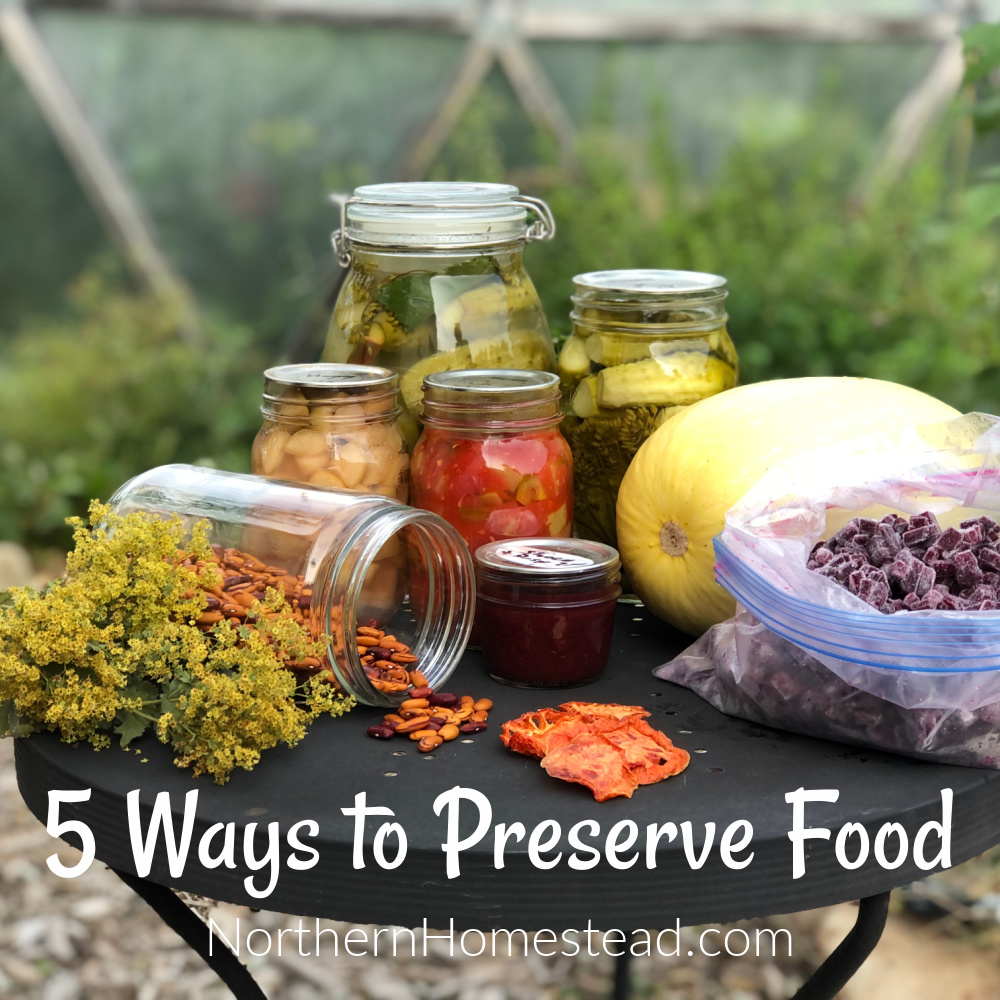
Food preservation is essential when living in a cold climate with a short growing season. To eat homegrown food all year round, we must store it away. Here are five ways to preserve food that we use. These are the five ways to preserve vegetables, fruit, and herbs.
Long-term food storage
Simple dry storage, root cellaring, and earth storage fall into this category. The method to use depends on the fruit or vegetable and the climate.
Dry storage is excellent for garlic, squash, green tomatoes to ripen indoors, ground cherries, melons, sweet potatoes, dry legumes, and grains. We use the basement for that in our house. It is dry and coolish in there. Also, not a whole lot of light comes in. However, the room is partially heated. A few shelves hold pails with grains, legumes, garlic, and other vegetables that need dry storage.
Root cellaring is excellent for all root vegetables except sweet potato and garlic, as those are better kept in dry storage. If a dry, dark storage room or closet is all you have, you can also store potatoes to some degree.
Earth storage, where you bury or leave things in the soil, is mainly used in warmer climates; we have only used it for carrots, but that is also an excellent method for other root vegetables and cabbage. My mom used to bury our cabbage upside down in the garden soil. She used to say that it mainly depended on the weather. If she could catch the change from dry, warmer weather to wet and cold at the right time, the cabbage would stay good for a long time.
There is also the possibility of simulating this method in a sandbox indoors. In our dry climate, the challenge would be to keep it moist, so we have not had good experiences with it.
The book Root Cellaring by Mike and Nancy Bubel is an excellent resource for long-time natural storage.
We have a cold room in the basement, which used to be the coal room. We insulated the walls and ceiling of the house, so no heating came in. It works very much like a cellar. However, it’s not as cool in the summer.
See a list of what we store in long-term storage here.
Dehydration fruit, herbs, and vegetables
Dehydrating fruit and vegetables for long-term storage is a simple method for storing a lot in a small space. If dehydrated, several giant zucchinis fit into one jar.
Dehydrators come in different sizes and price categories. Growing up, we dehydrated everything we wanted simply on a rooftop in the sun.
Today, I air-dry culinary herbs and flowers for herbal tea.
One of our future projects is to build a solar dehydrator. Our dry climate and intense sunshine would be great for that.
We love dry fruit and greens. See our blog articles on dehydration here. And a DIY solar Dehydrator here.
Freezing food
Freezing requires a freezer and constant power during the warm months. It is also a great way to preserve vegetables, fruit, and herbs. Berries are number one on our list of frozen foods. We also find that corn and peas store best in the freezer, along with many other vegetables and greens.
See all the blog articles on different fruits and vegetables we freeze here.
Freezing can easily be combined with dehydration, especially if you want to lower energy use or are off-grid. Use solar energy to dehydrate during the warm months and freeze the dry goods to preserve them longer during the cold winter months.
We also find that some things, like sour cherries, taste better if we don’t dehydrate them completely, just a bit to make them sweeter and freeze them. They turn out delicious.
Freeze-drying is an interesting new method that many homesteaders find useful.
Read also about how we organize a chest freezer with plant food.
Fermenting vegetables
Fermenting is a very natural, delicious way to preserve food. The list of things that can be fermented is very long. A great book to start is Fermented Vegetables by Christopher and Kirsten K. Shockey.
Our favorite fermented vegetable is cabbage; we have done it The Simple Way for years. However, upgrading to a water-sealed fermenting crock brings fermentation to another level. Read on how to use a fermenting crock here.
Fermented vegetables have the advantage of being full of good bacteria. Also, no heat is involved, so they are still raw food.
Learn the basics of fermenting food. For a list of recipes we use and have already shared, click here.
Home Canning
Canning has gained popularity in the last couple of years. It is very satisfying to have a pantry of canned jars filled with summer goodies.
Canning fruit or pickling vegetables, yummy salsa, relish, and other condiments is done in a water or steam canner. For a list of recipes we use and have already shared, click here.
The Ball Complete Book of Home Preserving is a great recipe book for canning. It has so many great recipes that it’s a must-have for everyone who likes canning and preserving.
It would be best to have a high-pressure canner for potatoes, beans, beets, and other non-acidic foods. We use the Presto canner and are happy with it.
Presto has a canner for induction glass cooktops that works on gas, electric, smooth-top, and induction ranges. If you don’t have a canner yet but are considering getting one, that would be the one I recommend. With this one, you are set for whatever cooktop you will have in the foreseeable future regarding technology.
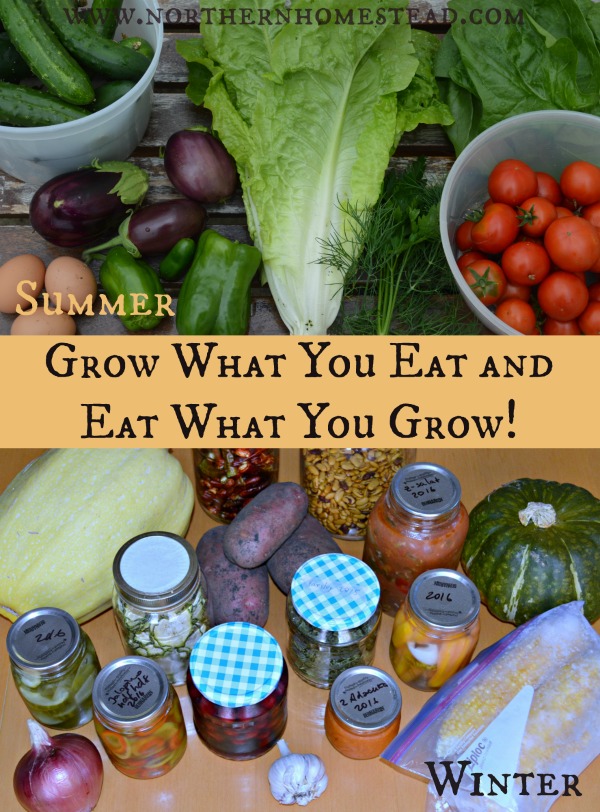
Our goal is to eat what we grow. When the garden is bountiful in the summer, we enjoy harvesting just before making a meal. But we also strive to preserve as much as possible for the long winter months.
This is a short video that captures a portion of our food storage. If you can’t see the video below, click here.
Do you preserve vegetables, fruit, and herbs? What is your favorite way of food preservation?
We invite you to subscribe to Northern Homestead and follow us on Instagram, Facebook, or Pinterest for the latest updates.




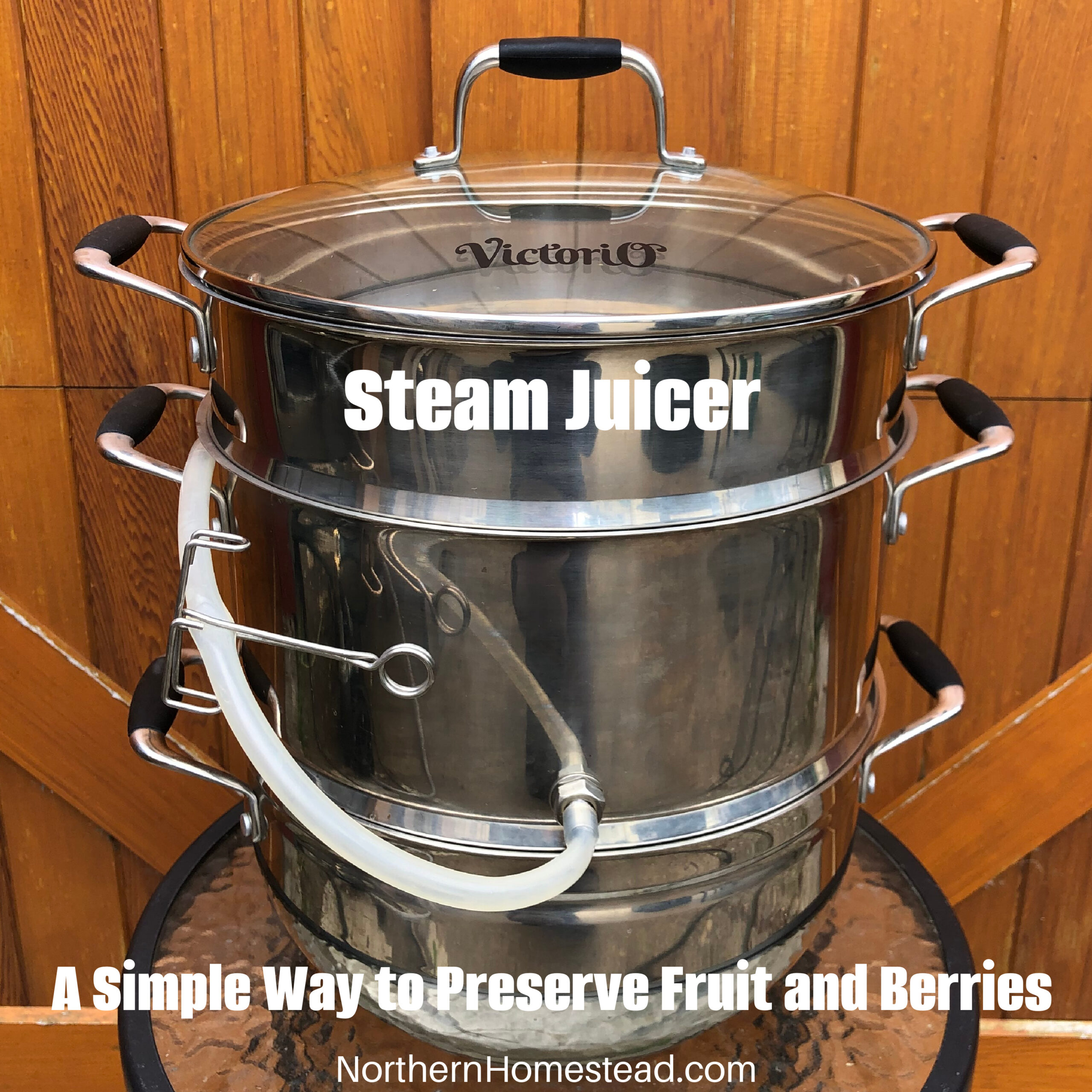
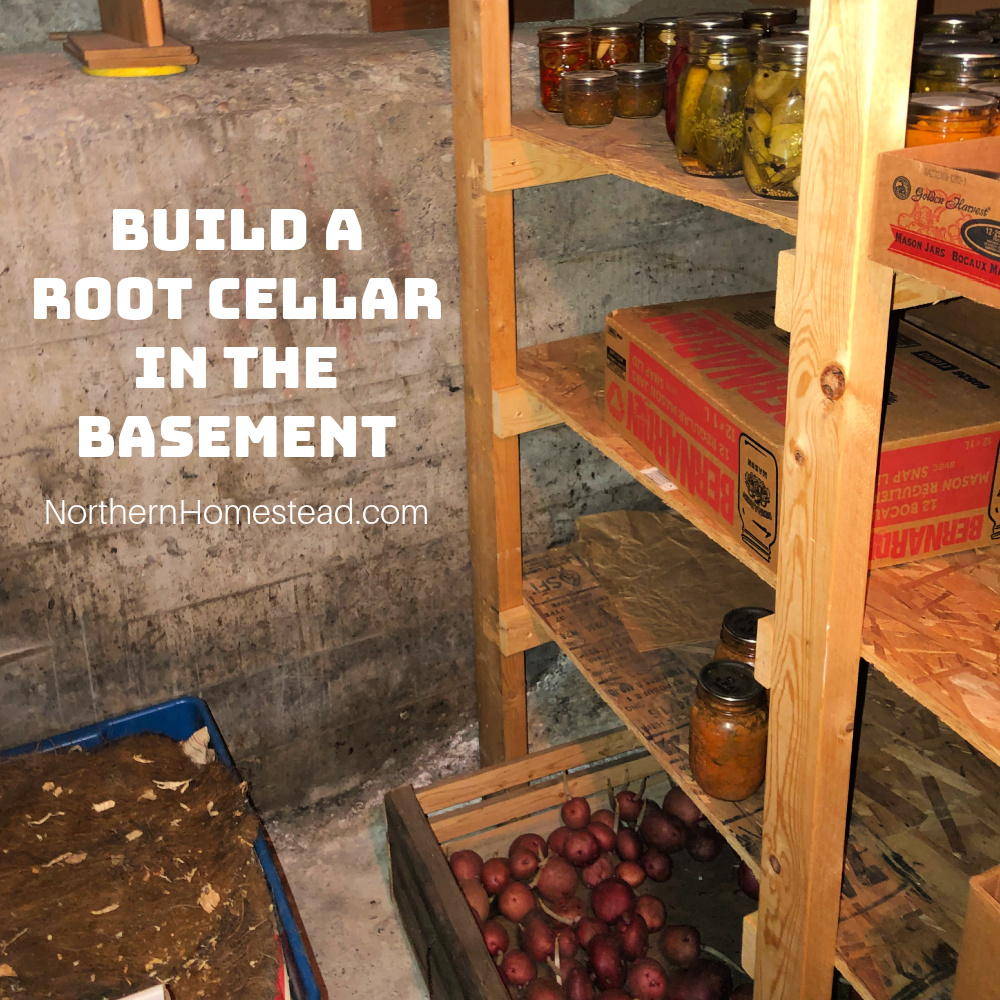
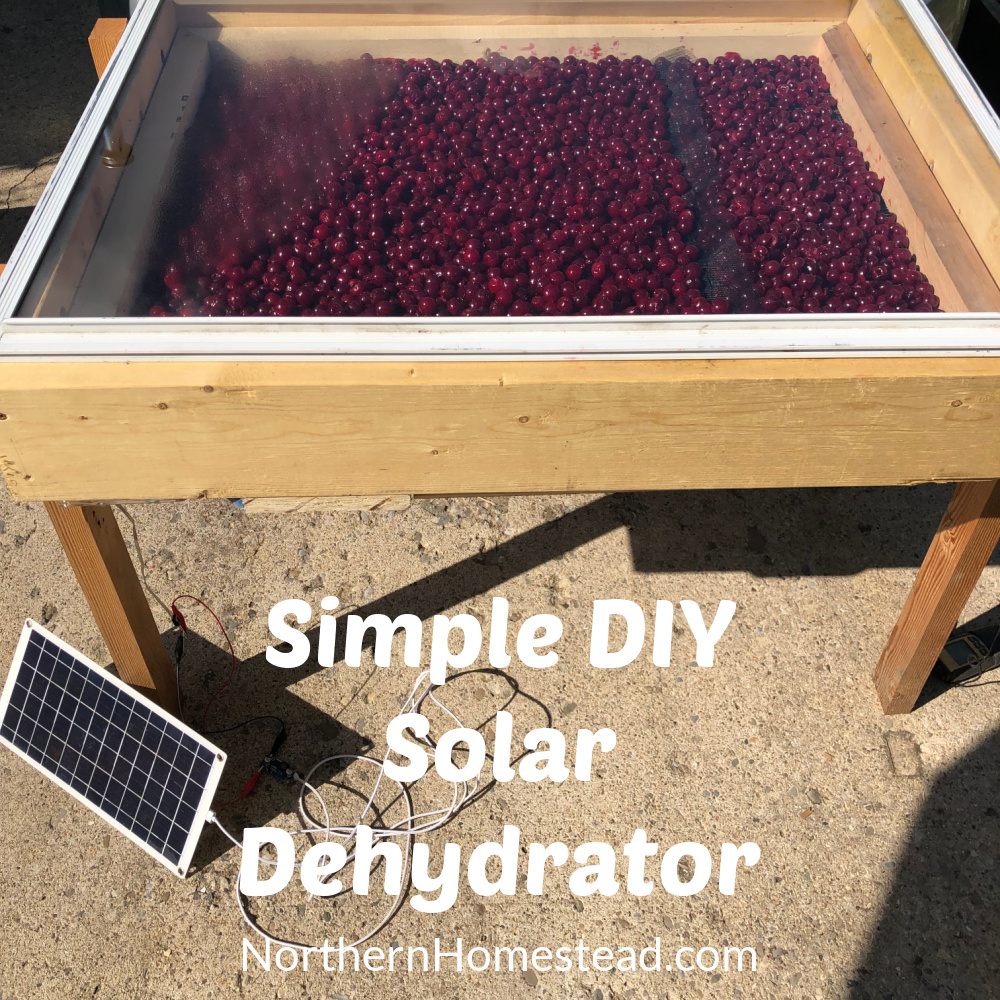
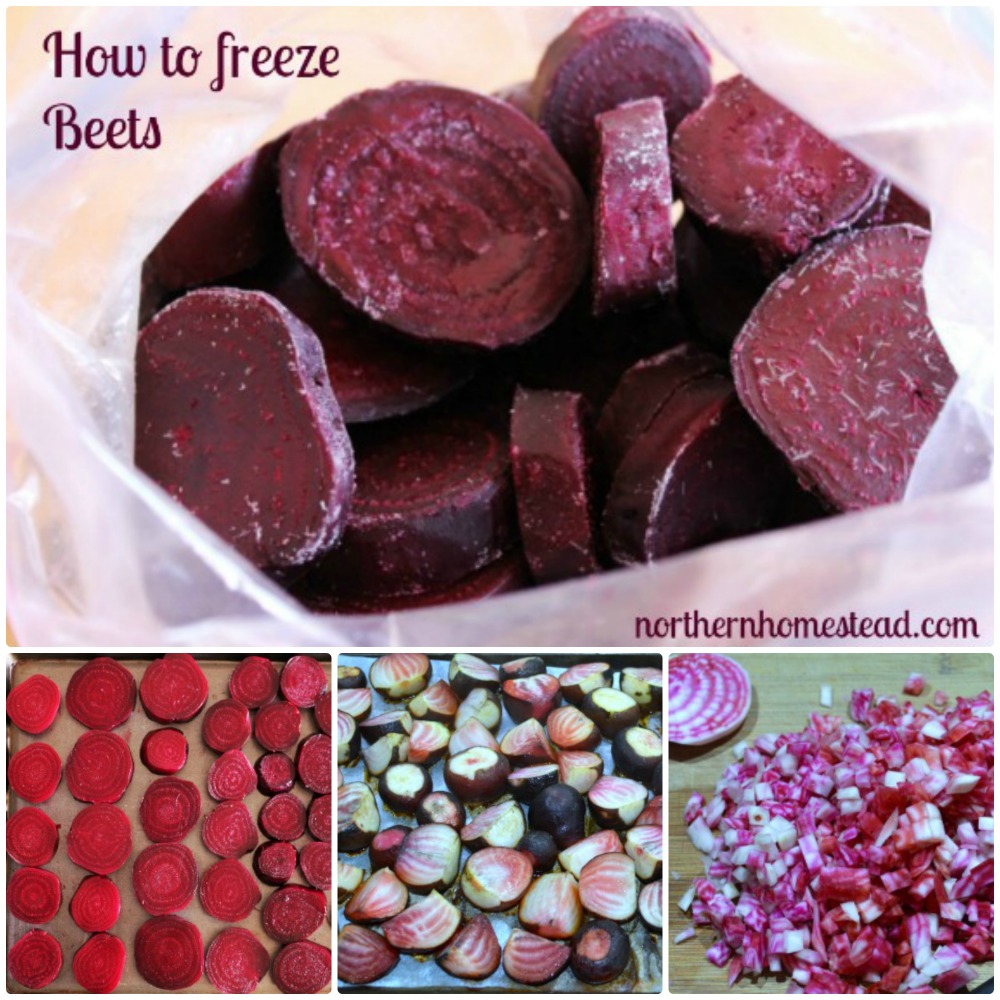
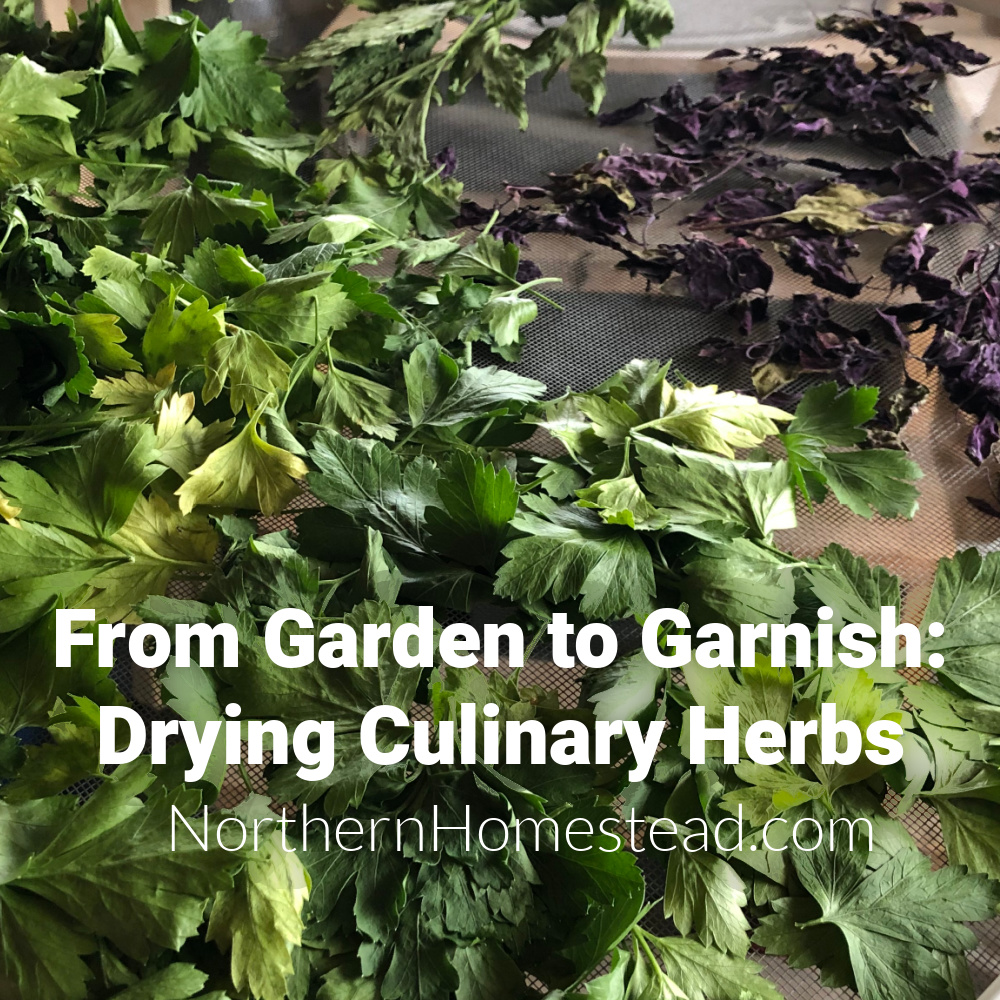

Leave a Reply